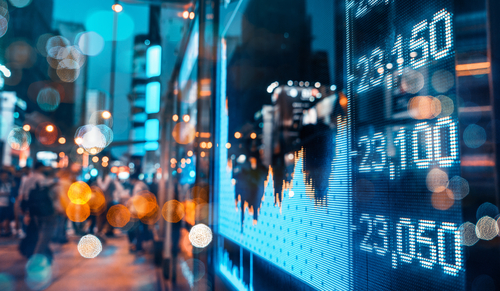Recently, the news has been focused on an “impending recession.” Although an imminent economic downturn is unlikely, it’s a good excuse to learn what drives an economic recession and depression.
A recession is a gradual decline of the economy that occurs over at least six months. In 1974, the commissioner of the Bureau of Labor Statistics gave a more in depth, dictionary definition. This included that there needed to be a 1.5 percent decline in gross national product—or the total value of all goods and services produced in a given year plus foreign investment—and unemployment needed to reach 6 percent or higher.
On the other hand, a depression is an extended recession or serious decline in the economy that lasts for years. For a depression to be in effect, unemployment rates need to rise above 20 percent and there needs to be a significant decline in gross domestic product, among other factors.
In short, a recession is simply a short-term economic trough, but a depression is a recession on steroids.
Since 1854, the United States has experienced 33 recessions and only one depression. Although recessions do happen, our current economy is fundamentally strong. Unemployment is at a historical low, wages are increasing and consumer spending is on the rise. While it’s always smart to have a plan for a possible recession, for now, the economy remains on solid footing.



